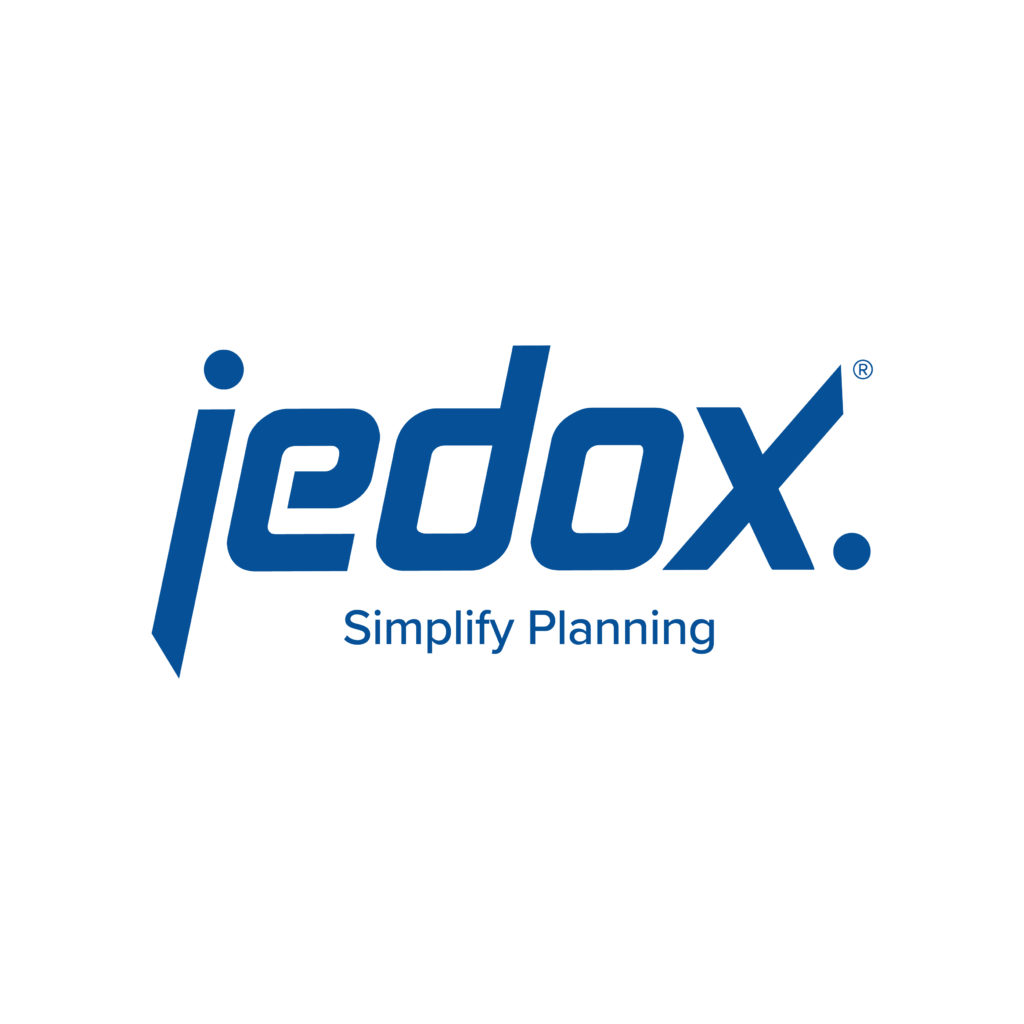
- Author: Alexandra Cain
- Posted: August 23, 2021
FP&A to xP&A: The Power of Extended Planning
Gartner recently coined the term ‘extended planning and analysis’, represented by the acronym xP&A. It refers to the potential to break down the traditional silos that exist between enterprise financial and operational planning (FP&A) to deliver value to the business. The ‘x’ represents consistent and continuous planning that extends beyond finance into other areas of enterprise planning and analysis.
Gartner expects FP&A to evolve to encompass xP&A in most organisations by 2024. COVID has accelerated this process as businesses try to understand what it means for their operations and future planning.
This shift was the focus of a recent CFO Magazine Future of Finance event, sponsored by Jedox. During the webinar, an expert panel explored how FP&A has assisted finance throughout the last 18 months and how xP&A could become the future of finance. The audience was fortunate to hear how FP&A has supported three businesses through these challenging times.
Anna Schell is the FP&A manager at Starlight Children’s Foundation and Jedox underpins her work. It has been an essential tool throughout COVID, given the uncertainty this disease has meant for fundraising and program delivery. Starlight delivers a range of programs in hospitals and in the community to bring happiness to seriously ill children.
“Starlight still needs to operate during these times and, while there’s been challenges on the business side, it has been the perfect time to ramp up Jedox,” Schell says.
Since joining Starlight and implementing Jedox, Schell has built a comprehensive board reporting suite including profit and loss statements, balance sheets, cash flow statements and statement of equity. She has also built an 18-month rolling forecast, as well as self-service reports users can run as needed.
“We are now able to produce forecasts out to the end of 2022. Jedox has also given the organisation real confidence in the numbers we produce,” she adds.
Till Brauckmann is the Finance Director at medical technology firm Siemens Healthineers. He says if nothing else, 2020 highlighted the important role finance has to play to prepare for a crisis.
“Australia had the advantage of being three weeks behind the rest of the world when COVID hit. So in February last year, I contacted my colleagues in Shanghai, South Korea and Milan to find out how the business and customers were being impacted. They warned me to prepare for a significant drop in sales and the potential for lockdowns. So when the Ruby Princess docked, I was in a position to do scenario planning and modelling to identify the levers to pull to see us through the crisis.” The Ruby Princess is a cruise ship that docked in Sydney in March 2020 carrying 2700 passengers, more than 130 of whom were infected with COVID. They were allowed to disembark without quarantining and spread the virus through the community, prompting a national lockdown.
Joe Nicholas, FP&A manager at G8 Education was also able to rely on Jedox to help the business undertake long-term planning when COVID hit. G8 Education has more than 470 early learning centres around the country.
“Access to real-time data helped the business to work with families and team members to continue operating through such a challenging period,” he says.
The Future of FP&A
As for the future, finance professionals expect xP&A to help them position themselves as strategic advisers to their businesses, in addition to the superior planning functionality it delivers.
“Excel has served us well but today, we’re confronted with such vast amounts of data, we rely on
modern enterprise planning solutions to connect all the different data points in the business and build a bridge between long-term, strategic planning and day-to-day planning. We have to be more agile and flexible with our approach to forecasting and planning and Jedox supports this,” says Brauckmann, who implemented Jedox during the first COVID lockdown.
Commenting on the implementation process, Schell notes the purpose of Jedox is not to replicate existing processes. Rather, it offers new functionality.
“Over three months, we built a picture of what had to be done differently, asking users about their role and information needs. We looked at the source systems that were pulled into Jedox and how we structure data. But it’s been a team effort and that’s why the system has succeeded.
“We updated the payroll system and SAP Concur was updated with new fields. Our financial analyst has been especially tenacious about getting cash flow reporting working. We also placed huge emphasis on communication and coaching to ensure the staff understood how Jedox could help them in their day-to-day roles. In the future. I’d like to add to forecasting tools, build dashboards and add more graphical features. We’re also implementing a new CRM system and we need to join the dots around revenue planning.”
Nicholas notes G8 Education has been able to make the most of Jedox due to the rich data in the business and the finance team’s superior skill sets. It has also allowed the company to generate an 18-month rolling forecast.
“The reporting function has been really great for us, in terms of being able to analyse the performance of our centres. We were able to quickly see how COVID changed customer behaviour. Jedox has enabled us to build forecast models right down to the individual centre level.”
As for the future, the panel agrees most finance teams are moving from preparing budgets to doing rolling forecasts, something Jedox supports.
Says Brauckmann: “We have the technology we need to make this work. What’s key is the ability to translate data into meaningful information for the business, which requires change management and people management.”
Schell’s advice to businesses introducing new planning processes is to be prepared to work through teething problems. “Explore what xP&A could look like in your organisation in terms of people, processes and technology. There will be constraints, but it’s worth working around them because future planning is crucial to managing uncertainty.”
Finally, Nicholas says it’s essential for finance leaders to stay abreast of new technologies and how they can benefit the business. “Make sure you’re fully across what’s changing and build your team to embrace new technology. That’s the best way to maintain a high-performing finance function and get the most from long-term planning.”
If your industry isn’t already disrupted by digital transformation, it will be. But what you need is better insight, not bigger data. Traditional EPM & BI is expensive, slow to set up, and needs IT specialists and external consultants – lots of them.
From executives, to end users, to analysts: Jedox empowers business professionals to capture data, share knowledge, and align on common goals across the organization. Organizations can streamline any data-driven process – from strategic planning to complex predictive analytical models or operational performance monitoring. At the same time, Jedox is designed to be easy, with industry-leading fast implementation times.









